Hair lightening with hydrogen peroxide

Today, many women are actively experimenting with changing hair color at home. In addition to ready-made compositions for clarification, folk remedies are very often used in the course of self-painting. Among them, hydrogen peroxide should be distinguished, since its effect on the hair shaft allows you to achieve the desired result.
Peculiarities
Due to its properties, peroxide is included in almost every hair dye, but individually, it can change the color of curls. In addition, the composition has a minimal cost, and you can even use peroxide for clarification at home. Despite its availability, careless and illiterate use of the composition can cause significant harm to the hair shafts, therefore, removing pigment from hair that has already been discolored or damaged is not recommended. In order to safely and efficiently lighten the hair on the head with a solution of hydrogen peroxide, it is recommended to strictly adhere to the instructions for transforming the hair and changing the color. Since the process of discoloration itself occurs due to an oxidation reaction, into which a solution with oxygen enters, such effects on the hair shaft lead to the loss of color pigment - melanin.

Due to the fact that peroxide is quite actively used for lightening and discoloration both at home and in salons, its positive and negative features should be highlighted. The advantages of this method include the following:
- the solution allows you to lighten all hair or part of the curls with significant savings in money;
- with strict adherence to the bleaching technology, the procedure itself will be available to perform even to itself, without resorting to the services of the masters of the beauty salon;
- since the peroxide penetrates well deep into the hair shaft, washing out the pigment, re-coloring can be carried out much less frequently than when using other brightening compositions.
This lightening option is not devoid of such disadvantages as:
- black and other shades with peroxide will be quite difficult to discolor;
- peroxide dries and dehydrates the hair shafts, so discolored hair will need subsequent restorative care;
- errors related to working with the solution can lead to the fact that the curls end up being burned by the clarifier.

Given the original hair color, you can guess what result will be achieved.
- Dark shades... For owners of chestnut, dark blond and black hair, the result of discoloration with hydrogen peroxide will be a change in tone by a maximum of 2-3 positions. In addition, women with dark hair should be prepared for a copper tint.
- Fiery colors. In this case, the application of the solution can lead to a rather unexpected color. With the wrong dosage or exposure on red strands, an orange tint can be observed.
- Blond and light blond hair. Owners of such hair, after peroxide, may have a rather fashionable platinum color, in addition, girls in some cases, after lightening, become blondes. As a rule, the result of staining will be colors in the palette from wheat to Californian blonde.

Preparation
To get a beautiful result after lightening the curls with hydrogen peroxide, it is worth preparing the curls for such a procedure, following these steps:
- a few weeks before the planned discoloration, it is necessary to refrain from dyeing, as well as other influences on the hair shafts, which will cause them even minimal harm - this concerns perm, lightening, and so on; hair must be healthy, otherwise damaged and weakened peroxide will simply burn out;
- in the process of hair care before and after lightening, it is necessary to avoid the use of care cosmetics that will contain sulfates, since this substance dehydrates the hair shafts;
- do not use styling products;
- it is necessary to refrain from contact with irons, curling irons, heat rollers and hair dryers.
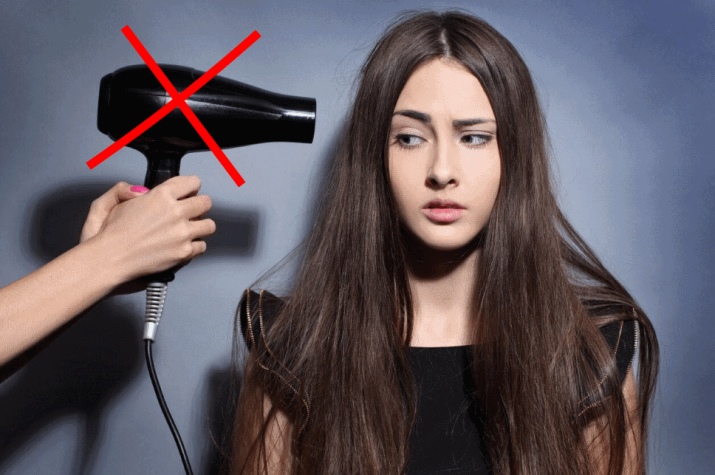
Preparatory activities will concern the acquisition of the necessary materials for clarification. For home bleaching, you will need the following ingredients:
- it is best to purchase 3% peroxide, since a solution with a higher indicator can seriously damage the strands; in some cases, for coarse hair, this figure is increased to 4 percent;
- for application, a spray bottle is usually used - it is more correct to operate a new product, if you plan to work with an old one, then it must be washed; sometimes peroxide is applied to the hair with a cotton sponge or comb;
- in addition to clips, hairpins and elastic bands for fixing, the bleaching process involves the use of a shower cap, because it will be needed when lightening the whole hair; for highlighting or discoloration of the roots, work using the ombre technique, foil will be required;
- you can protect the skin of your hands with gloves;
- to make the reaction go faster, the hair is usually wrapped in a towel.

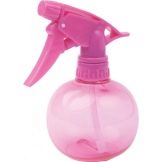
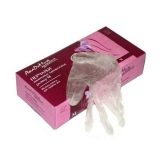

Before lightening, the hair should be washed and additionally used with a balm. You need to lighten slightly damp curls; it is not recommended to use a hairdryer for drying.
Step-by-step instruction
There is the following gradation, following which the concentration of the solution is determined for lightening:
- for short hair you will need about 30 grams of peroxide;
- for bleaching medium-length curls it is recommended to use at least 50 grams of clarifier;
- to handle long curls, you may need 2 times more peroxide.
As for the holding time of the composition on the head, everything will depend on the structure of the hair, namely:
- thick hair shafts can be discolored if the reaction inside the hair shaft lasts at least 2 hours, sometimes the peroxide is left to oxidize for 6–8 hours; in some cases, it will be necessary to lighten the curls in several stages;
- average the thickness of the hair shafts is discolored with peroxide within 1.5–2 hours;
- for thin curls, it is preferable to vary the exposure time in the range of 30-40 minutes.
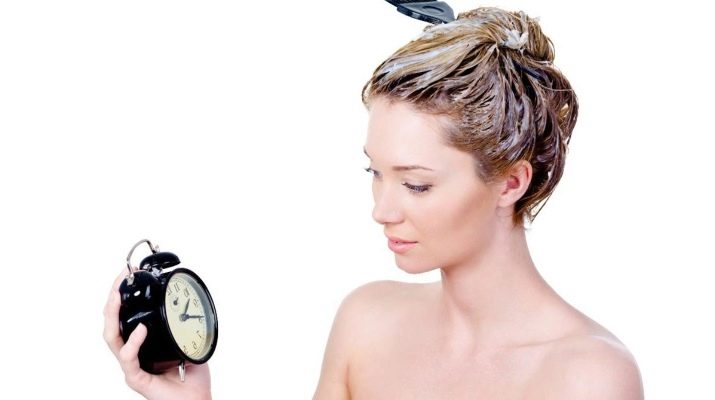
There are two important tests that need to be done to get started with clarification.
- Checking for allergic reactions... To eliminate the risk of irritation on the skin, a small amount of the prepared composition should be applied to the skin at the bend of the elbow or behind the ear. Check the reaction after a quarter of an hour.
- Determination of the concentration of the prepared solution. To make sure the correct consistency and concentration of the clarifier, you should test the peroxide on one strand, it is best to choose a curl at the bottom of the back of the head. Using a cotton sponge soaked in the clarifier, apply the solution to the hair, keeping it for the required time. Depending on what color the treated curls have acquired, you can determine whether the product is suitable for further work.
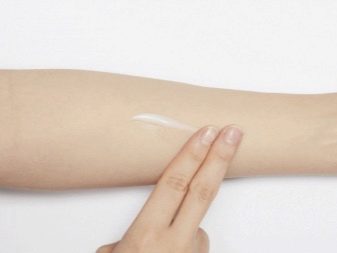
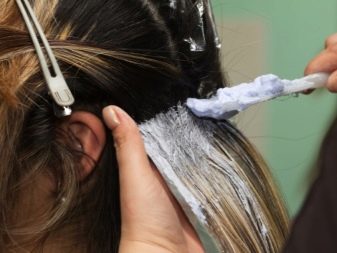
There are several recipes for the preparation of a composition that removes the pigment. However, the only thing that unites all the options used is the need to prepare them immediately before bleaching, since the substance tends to oxidize very quickly.
The first option requires the use of the following components:
- hydrogen peroxide - 40 ml;
- water - 40 ml;
- liquid soap - 20 grams;
- ammonium bicarbonate - 3 grams.
Another common way to make a peroxide clarifier is to combine the following ingredients:
- peroxide;
- ammonia.
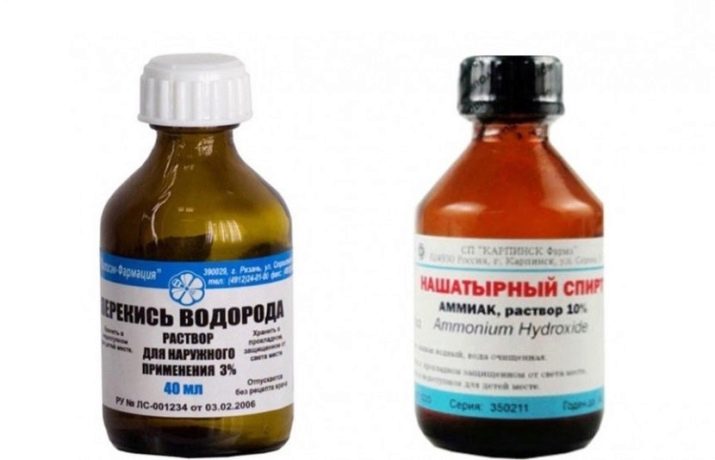
Substances are taken in a ratio of 10: 1, so for one drop of alcohol you will need to use 10 ml of peroxide.
One of the simplest options is to mix equal amounts of peroxide with water.
Regardless of the selected recipe for the preparation of the clarifier, it is recommended to pour it into a spray bottle, and protect the scalp along the hairline with a layer of fat cream. For partial staining, it will be many times more convenient to work with a cotton sponge, which is simply dipped into the solution, after which certain strands on the head are processed. Highlighting is best done by additionally wrapping the curls with a clarifier in foil. Before bleaching, the hair is brushed well and divided into equal parts for comfortable and even treatment. You should start work from the roots, gradually moving to the ends.
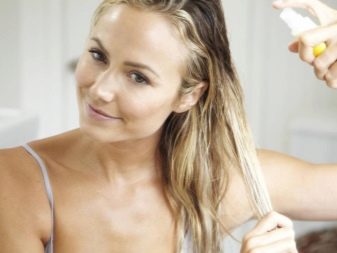
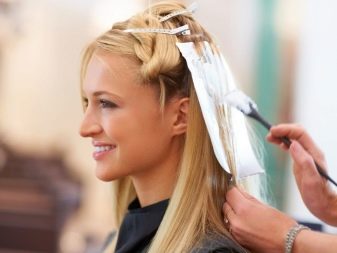
Follow-up care
Peroxide lightening using the ombre technique involves treating the hair shafts only in the lower half. In this case, it is best to work with a sponge, not a spray bottle, to obtain a beautiful overflow of color. The solution is washed off from the hair with warm water, after which the curls must be treated with conditioner. At the end, you can rinse the strands with cold water, which will add shine to them, and the conditioner or balm will nourish and moisturize over-dried curls. After bleaching, the hair should dry naturally. To enhance the effect of lightening, you can additionally rinse the curls with a decoction of chamomile after washing.
California highlighting at home is carried out using a different method. Instead of a cotton pad or spray bottle, the bleaching solution should be distributed through the hair using a comb that has been previously soaked in the solution. With a comb, you should comb the hair along the entire length until the peroxide is completely dry, and then dry it with a hairdryer... To obtain a beautiful effect, such manipulations with hair need to be carried out for several days in a row.

After using peroxide, the hair will need to be restored. In order to keep them beautiful and healthy, some recommendations should be followed during the care process.
- You don't need to wash your hair every day since this process will wash out the natural oils from the hair that protect the cuticle of the hair shaft. The optimal frequency of washing will be 1-2 procedures per week. In case of severe pollution, you can use folk methods of cleansing or dry shampoo.
- Heat treatment of discolored strands should be minimal, therefore, it is recommended to use a hairdryer, irons and other styling devices as little as possible. Hot styling should be carried out more often than once a week, and during the drying process it will be more correct to use the cold blowing mode.
- Bleached hair requires careful and gentle handling, so after washing the curls do not need to be rubbed with a towel. When combing, you can first untangle the ends with your hands, then walk with a comb or brush along the entire length to avoid unnecessary injury.
- Weekly masks are a must, concerning the care of discolored curls. It is best to make nourishing and moisturizing formulations based on natural oils. In this case, you can use olive, coconut or bergamot.
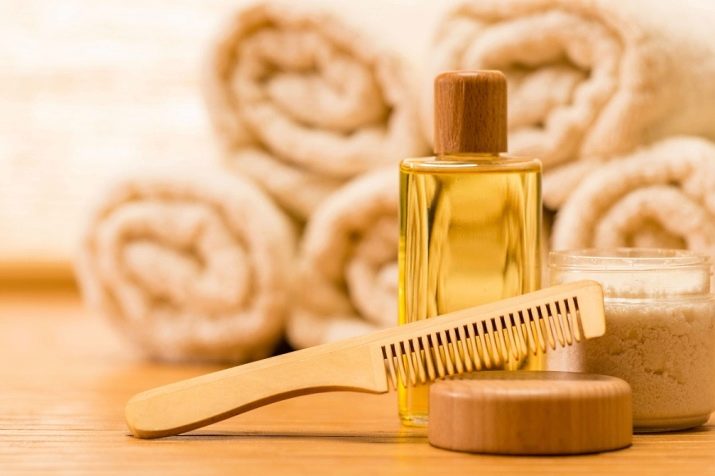
Reviews
The method of lightening curls using peroxide has mixed reviews among the fair sex, since the result depends to a greater extent on the structure and color of the hair shafts. As a rule, hair of medium thickness can be gradually lightened by 2–4 tones, but it is important to choose the correct holding time of the composition and the frequency of the procedures. With regular lightening, which will occur with deep restoration and high-quality hair care, you can achieve a beautiful light shade, while the curls remain healthy and shiny.
See below for more details.








